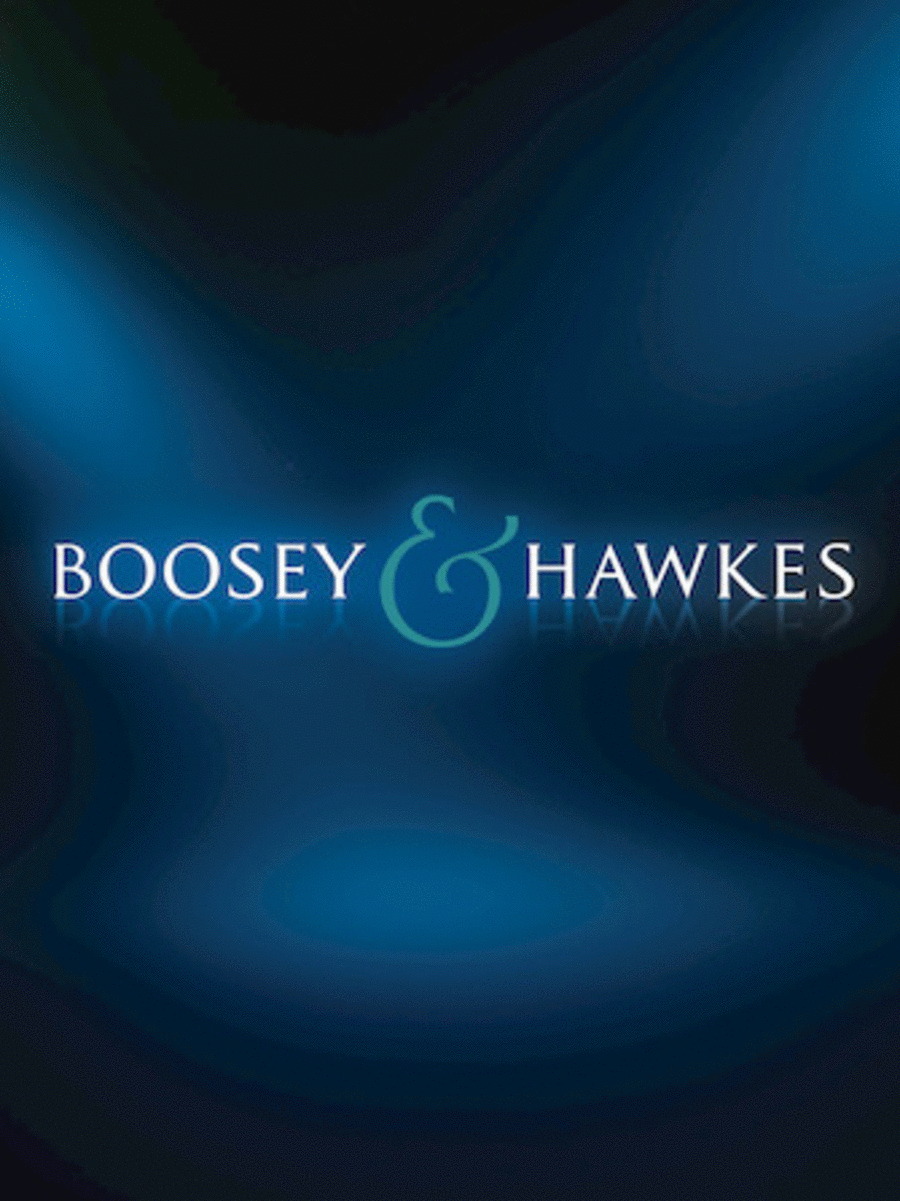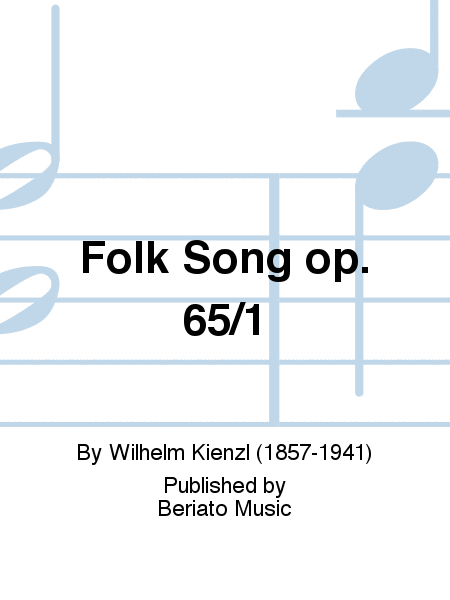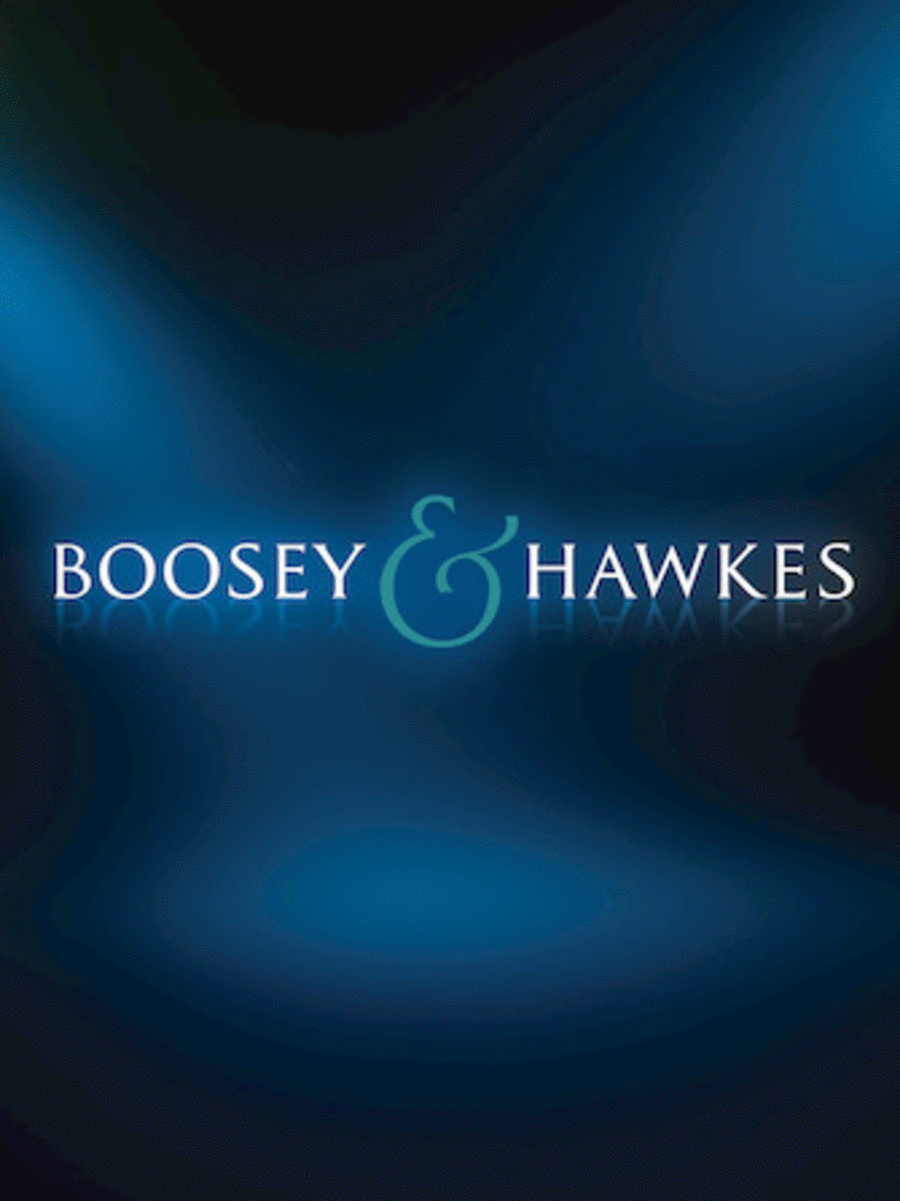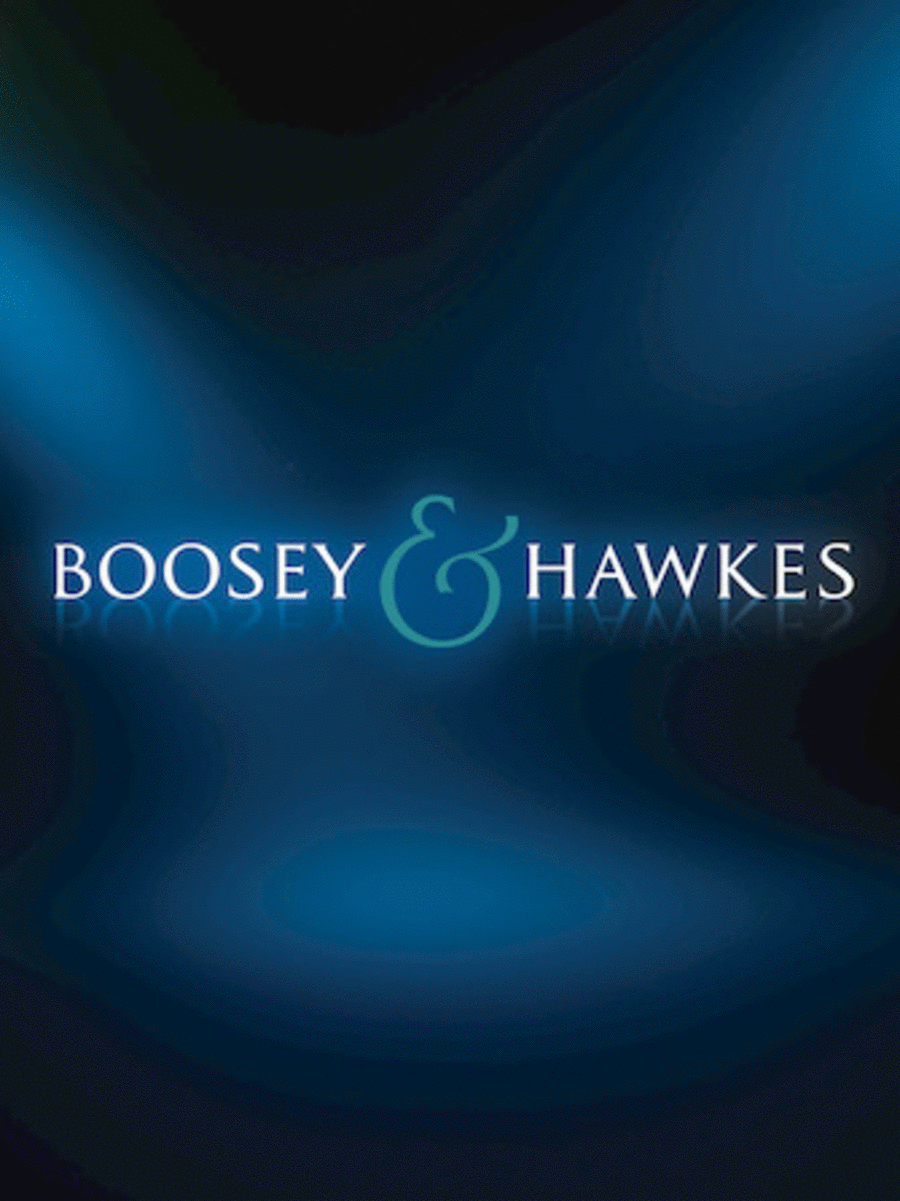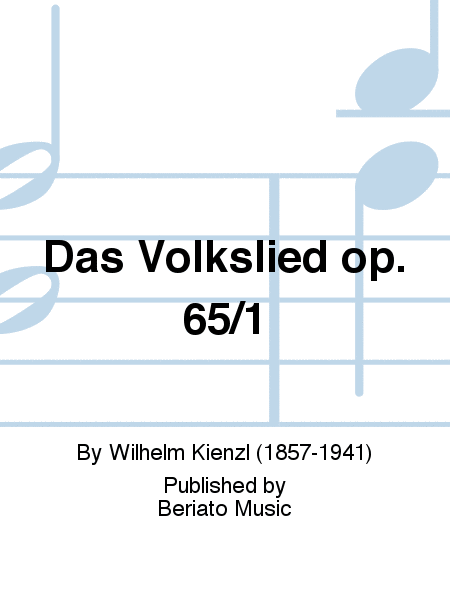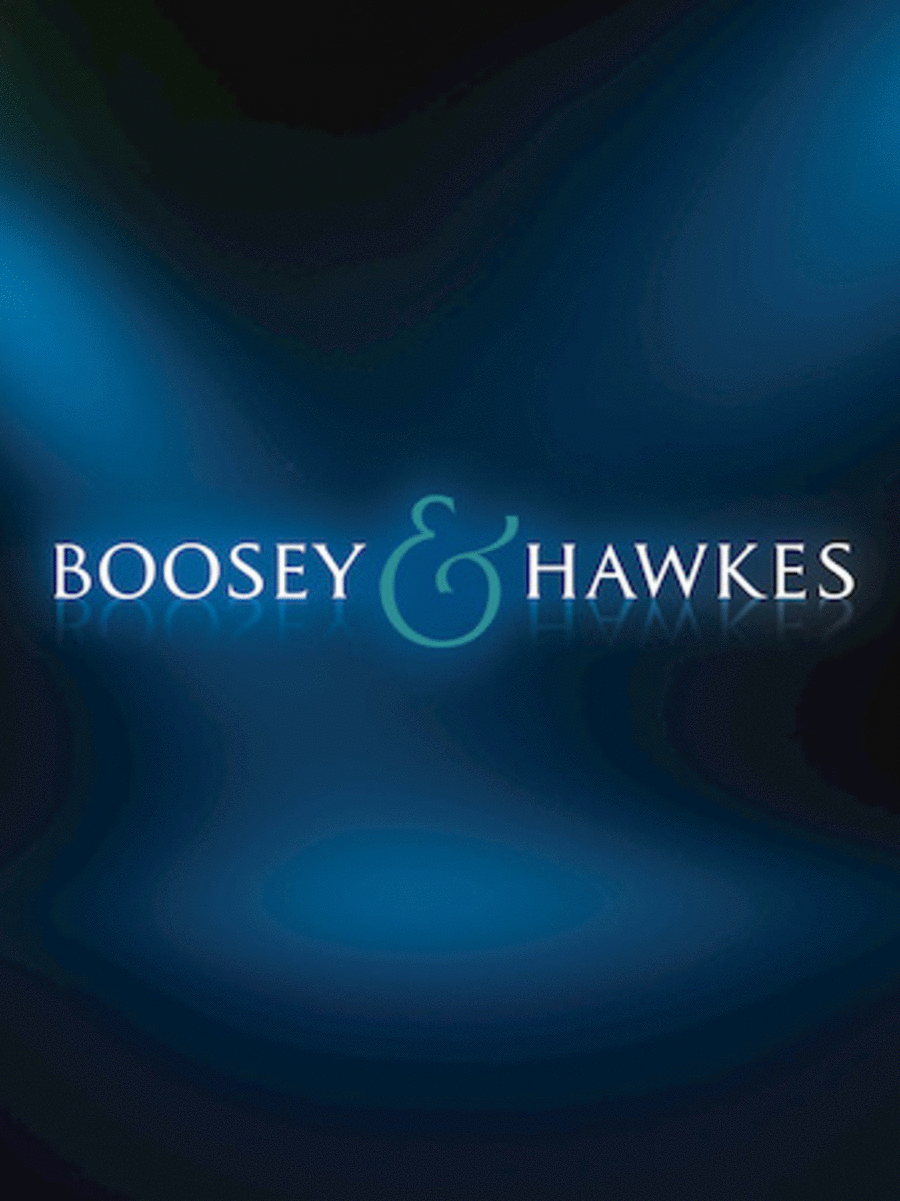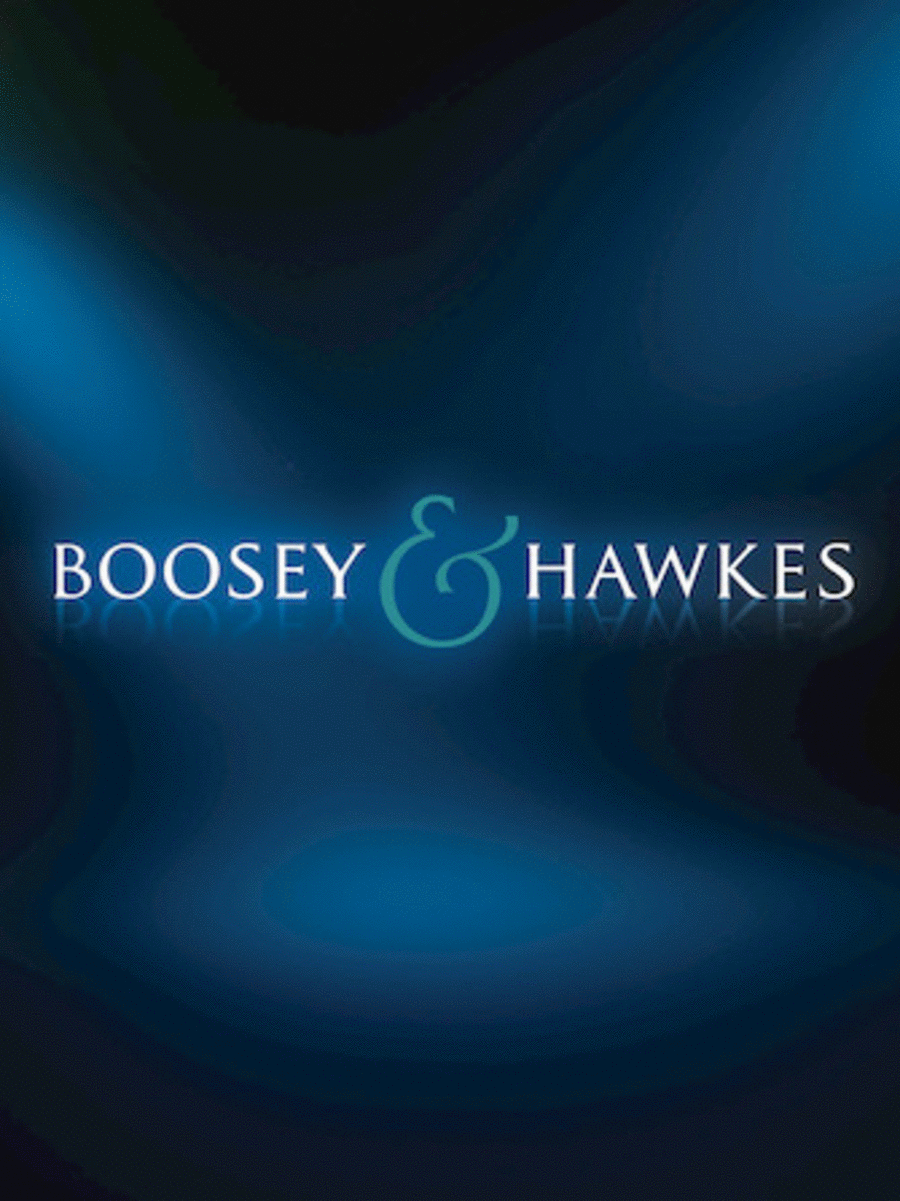Wilhelm Kienzl (1857 - 1941)
 Autriche
Autriche
Wilhelm Kienzl (17 January 1857 – 3 October 1941) was an Austrian composer.
Kienzl was born in the small, picturesque Upper Austrian town of Waizenkirchen. His family moved to the Styrian capital of Graz in 1860, where he studied the violin unde ... (Read all)
Source : Wikipedia
 Autriche
AutricheWilhelm Kienzl (17 January 1857 – 3 October 1941) was an Austrian composer.
Kienzl was born in the small, picturesque Upper Austrian town of Waizenkirchen. His family moved to the Styrian capital of Graz in 1860, where he studied the violin unde ... (Read all)
Source : Wikipedia
Free sheet music of Wilhelm Kienzl - Tai-chi
1 sheets found sorted by:
Search
| ||||||||||||||||||||||||||||||||||||||||




